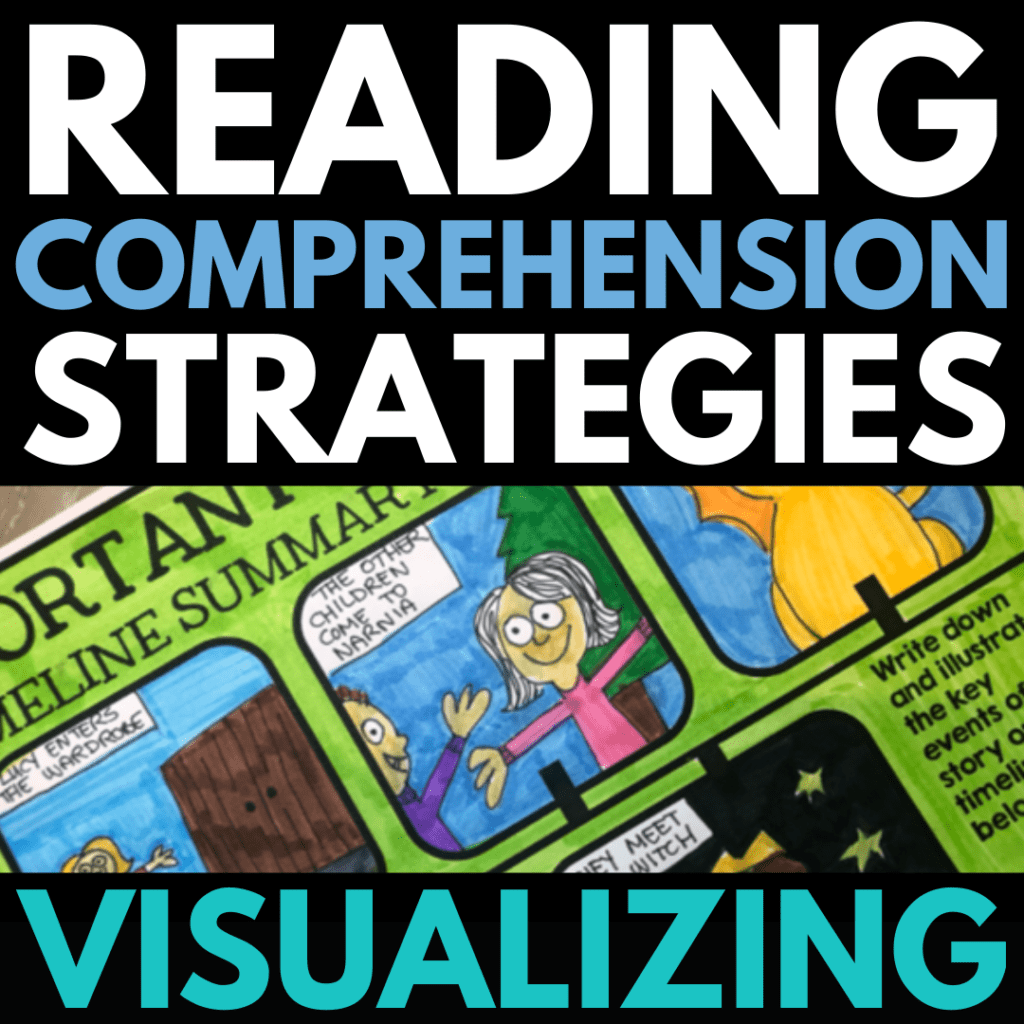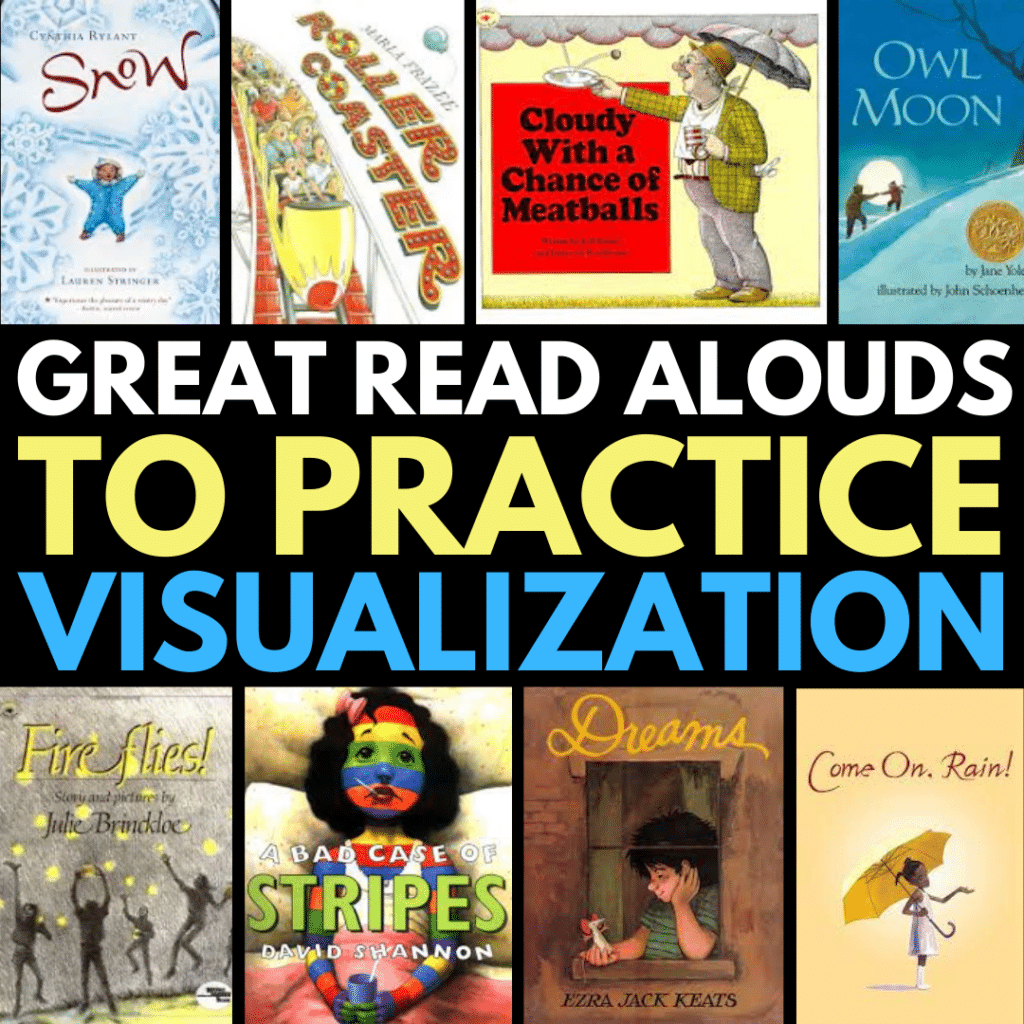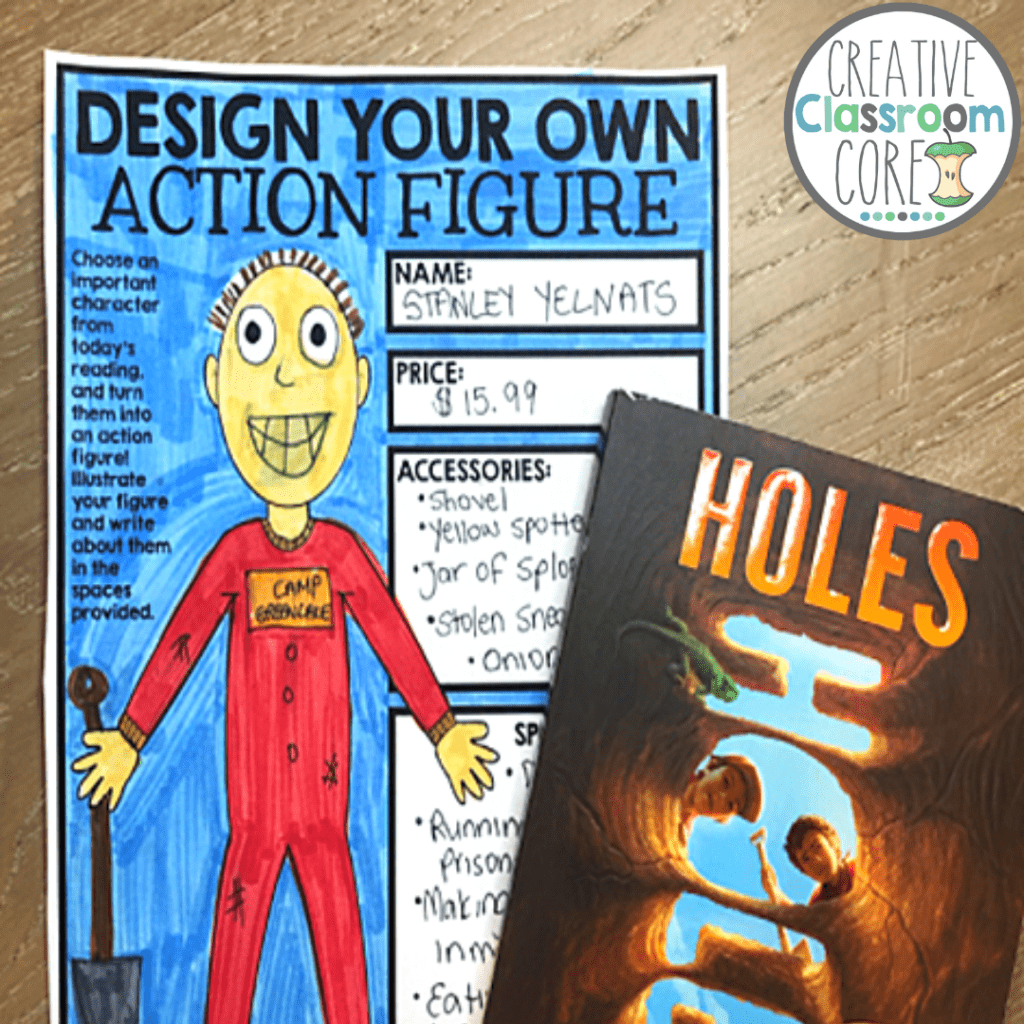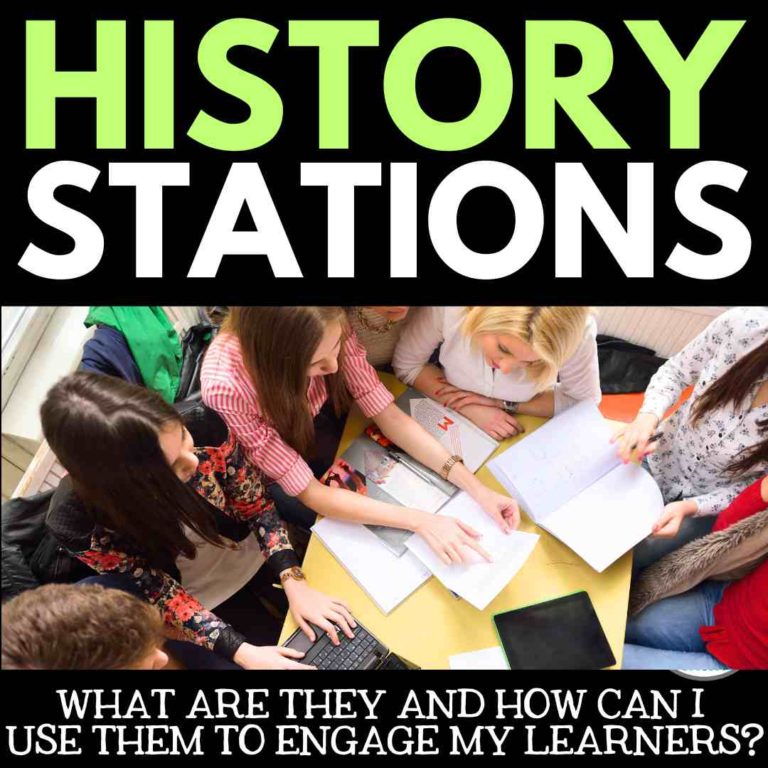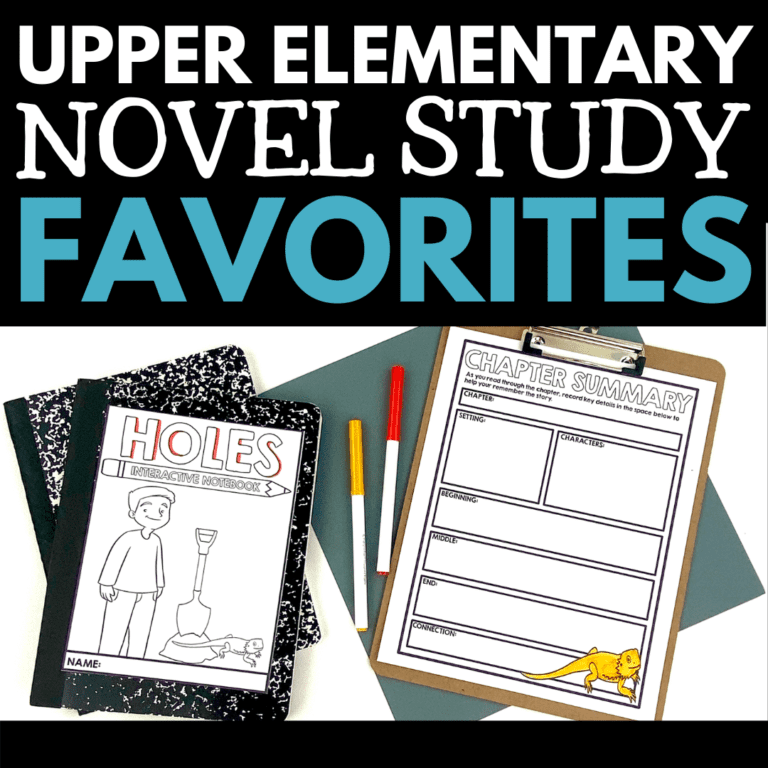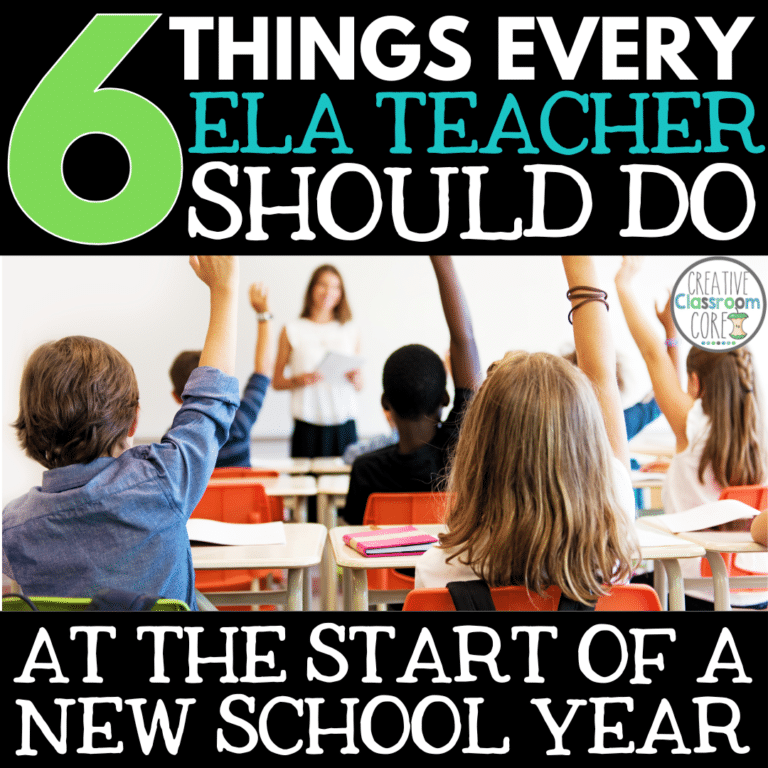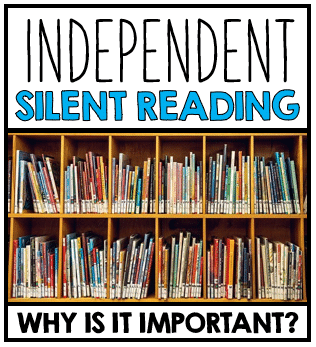Visualization Strategies for Reading Comprehension
By MARISSA DESPINS Updated Nov 28, 2023
In the ELA classroom, helping students to engage with and make meaning from text is an ongoing process. Through explicitly teaching reading comprehension strategies, we help students to self monitor and become curious and independent readers and thinkers. In my previous post, I outlined the importance of teaching reading comprehension strategies, as well as a brief overview of key strategies to focus on in the ELA classroom. Today I focus in on visualization strategies, and share some activities to help students develop these important skills.
For a broader understanding of various reading comprehension strategies, you might find our post on Building Reading Comprehension Strategies helpful.
What are visualization strategies?
Good readers use visualizing strategies to build mental images of what is described in a text. The ability to make pictures in their heads helps readers to clearly “see” and understand what is going on in a text.
Many avid readers can’t imagine not using this strategy, as it is something that often comes naturally to those who read. However, it remains a skill that needs to be taught explicitly to students. Practicing this strategy in isolation and combined with other reading strategies helps develop readers who are active participants in their learning. Using this strategy allows readers to comprehend text in ways that are deep and meaningful.
The pictures that readers create in their heads while reading are unique. Each reader brings with them different background information and experiences that they use to help them develop their mental images. Because of this, there really is no right or wrong answer when it comes to visualization.
How do visualization strategies help students become better readers?
Through using visualization strategies while reading, students:
Key questions to help students develop Visualization Strategies
Asking students targeted questions while reading can help them develop this important strategy.
- When you close your eyes and listen to the story, what do you see?
- What do you think the author wants you to visualize while you read?
- Can you list some of the descriptive details that were included that helped you visualize the text?
- What do you think the setting looks like? What do you think it smells like?
- Can you picture a character in your mind? What are they doing?
- Do you see any specific colors while reading?
Great read alouds to practice Visualization Strategies
Below is a list of some of my very favorite read alouds to practice the strategy of visualizing. They include vivid descriptive language that really helps readers to immerse themselves in the stories.
Affiliate links are included. If you choose to order any of these diverse picture books through these links, Amazon will provide me with a small kickback (at no additional cost to you) that I will put toward the costs of keeping this blog up and running.
- Owl Moon by Jane Yolen
- Rollercoaster by Marla Frazee
- Fireflies by Julie Brinckloe
- A Bad Case of Stripes by David Shannon
- Snow by Cynthia Rylant
- Dreams by Ezra Jack Keats
- Come on Rain by Karen Hesse
- Cloudy with a Chance of Meatballs by Judi Barrett
Classroom Activities to practice Visualization Strategies
Graphic organizers are perfect for helping students describe the movies they play in their heads while reading. They essentially are visual thinking tools – they allow students to use words and images to represent and organize their thoughts, demonstrate relationships between facts, concepts, and ideas, and guide their thinking.
This collection of graphic organizers was specifically designed for the ELA classroom, and ask students to represent their thinking in ways that are creative and imaginative. My favorite graphic organizer for visualizing asks students to think deeply about a character and reimagine them as an action figure.
This activity helps with visualization. Students must picture the character in their heads before drawing them. Students must consider what the character looks like, what they wear, and the things that are important to them. By actively engaging in the process of visualization while reading, students are able to better represent the character on paper.
Grab this activity, along with a wide variety of other graphic organizers to practice reading comprehension strategies, by clicking here or on the image below.
To complement visualization, teaching students how to infer is crucial. Discover more in our article on Teaching Inferring.
Interested in reading more about reading comprehension strategies?
Check out my previous posts below.
Text Mapping to aid Reading Comprehension
Building Reading Comprehension Strategies
Interested in signing up for my email list?
If you are interested in signing up for my email list, you can do so by clicking on the link below. I periodically send out emails with free resources, teaching tips, and exclusive deals. Signing up will also give you immediate access to some of my best selling Interactive Notebook resources – foldables, graphic organizers, and other fun activities.
